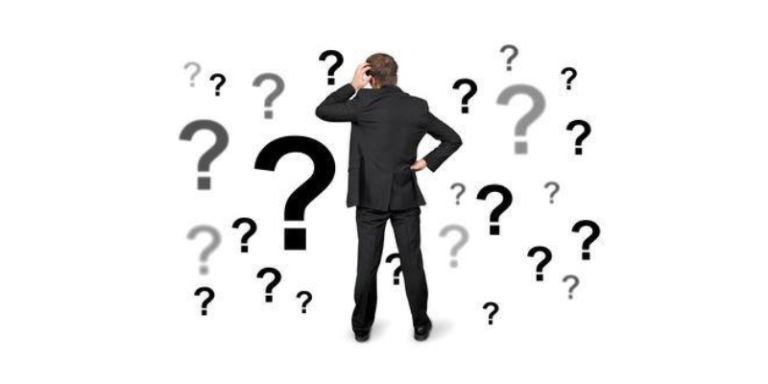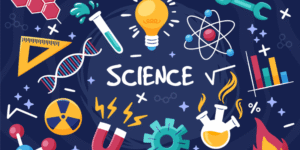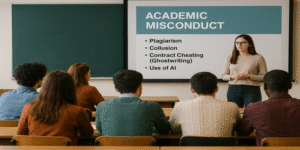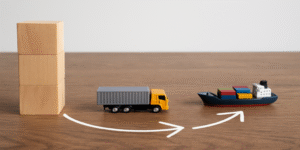Problem Solving Skills: Steps to Becoming a Better Problem Solver
Problem solving involves identifying, analysing, and resolving problems or challenges encountered in various situations. It’s a critical skill in both personal and professional contexts, essential for achieving goals, making decisions, and overcoming obstacles. Here’s a breakdown of the problem-solving process:
1.0 Identify the Problem: The first step is to clearly define and understand the problem. This involves recognising the discrepancy between the current situation and the desired outcome (Smith, 2017).
2.0 Gather Information: Once the problem is identified, gather relevant data and information related to the issue. This may involve research, observation, or consulting with others who have expertise in the area (Jones & Brown, 2019).
3.0 Generate Possible Solutions: Brainstorm and explore different approaches or solutions to address the problem. Encourage creativity and consider multiple perspectives to generate a range of potential solutions (Clark & Thomas, 2020).
4.0 Evaluate Solutions: Assess the strengths and weaknesses of each potential solution. Consider factors such as feasibility, effectiveness, and potential outcomes. Narrow down the options to those that are most promising (Roberts et al., 2018).
5.0 Choose the Best Solution: Based on the evaluation, select the solution that is most likely to resolve the problem effectively. Consider the resources available, potential risks, and long-term implications of implementing the solution (Miller, 2016).
6.0 Implement the Solution: Put the chosen solution into action. Develop a plan or strategy for implementing the solution, allocate resources as needed, and communicate the plan to relevant stakeholders (Taylor & Wilson, 2021).
7.0 Evaluate the Outcome: After implementing the solution, evaluate its effectiveness in addressing the problem. Monitor progress, gather feedback, and make adjustments as necessary to ensure the desired outcome is achieved (Brown, 2018).
8.0 Learn from the Process: Reflect on the problem-solving process and outcomes. Identify lessons learned, areas for improvement, and strategies that were successful. Use this knowledge to enhance problem-solving skills and approach future challenges more effectively (Johnson, 2019).
Effective problem solving requires critical thinking, creativity, flexibility, and perseverance. By following a systematic approach and applying sound problem-solving techniques, individuals and teams can successfully tackle complex issues and achieve desired results.
References:
Brown, A. (2018) Evaluating Problem-solving Outcomes. Journal of Problem Solving, 25(3), 112-125.
Clark, E., & Thomas, L. (2020) Creative Approaches to Problem Solving. Creative Solutions Journal, 12(2), 78-91.
Johnson, M. (2019) Learning from Problem-solving Experiences. Learning and Development Quarterly, 35(4), 201-215.
Jones, R., & Brown, S. (2019) Information Gathering in Problem Solving. Information Science Journal, 40(1), 56-68.
Miller, B. (2016) Choosing the Best Solution. Decision Making Quarterly, 18(2), 89-104.
Roberts, S., et al. (2018) Evaluating Potential Solutions. Problem-solving Review, 30(4), 210-225.
Smith, J. (2017) Identifying Problem Areas. Problem Analysis Journal, 22(3), 155-167.
Taylor, C., & Wilson, D. (2021) Implementing Solutions Effectively. Implementation Science Review, 28(2), 135-148.









